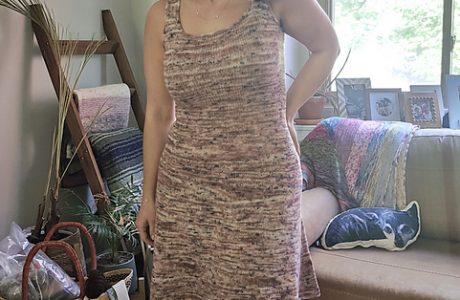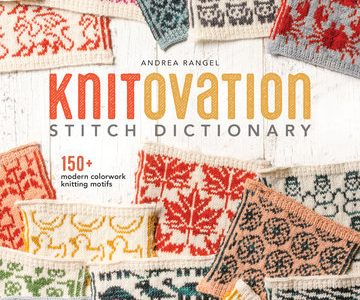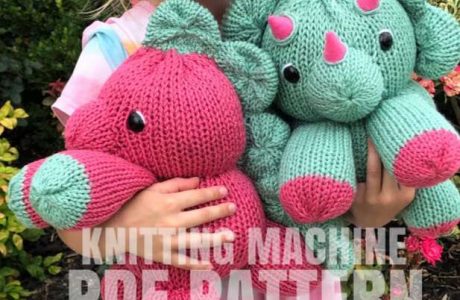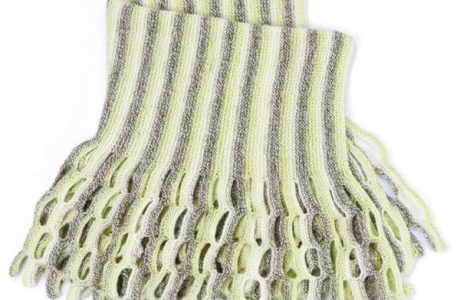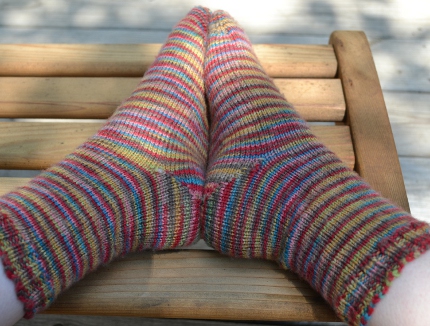 I finally finished up a toe-up sock knitting pattern this week (which you can find at About, along with a ton more sock knitting resources), so it’s appropriate to me that Knitting Daily took some time this week to talk about what to look for in sock yarns.
I finally finished up a toe-up sock knitting pattern this week (which you can find at About, along with a ton more sock knitting resources), so it’s appropriate to me that Knitting Daily took some time this week to talk about what to look for in sock yarns.
A good sock yarn ought to be washable, durable, colorful and soft, if you ask me. Go check out the article for a few other requirements courtesy of Anne Merrow. And if you have anything you’d like to add to the list, I’d love to hear what you look for when it comes to knitting for your feet!
What to Look for When Choosing Sock Yarn for Your Knitting Patterns
Knitting socks can be a delightful and rewarding project, but one crucial element that often determines the success and comfort of your finished socks is the choice of sock yarn. With numerous options available in the market, it’s important to know what to look for when selecting the perfect yarn for your knitting patterns. In this article, we will explore the essential factors to consider when choosing sock yarn, ensuring that your knitting experience and the end result exceed your expectations.
Understanding Sock Yarn
What is Sock Yarn?
Sock yarn is a specific type of yarn that is designed to create durable, comfortable, and long-lasting socks. It is typically made with certain characteristics in mind, such as strength, elasticity, and moisture-wicking properties. While any yarn can be used for socks, dedicated sock yarns are specifically engineered to meet the demands of this particular type of project.
Characteristics of Good Sock Yarn
Good sock yarn possesses several important characteristics. It should be strong enough to withstand the wear and tear that socks go through, have good stitch definition, and provide comfort for your feet. Additionally, it should be able to retain its shape, maintain the color vibrancy, and be easy to care for.
Fiber Content
The fiber content of sock yarn significantly impacts the characteristics and properties of the finished socks. Here are some common fiber options used in sock yarn:
Natural Fibers for Sock Yarn
Natural fibers, such as wool and cotton, are popular choices for sock yarn. Wool provides excellent warmth, moisture-wicking properties, and elasticity, making it a top choice for socks. Cotton, on the other hand, offers breathability and softness, but it lacks the elasticity of wool.
Synthetic Fibers for Sock Yarn
Synthetic fibers like nylon and polyester are often blended with natural fibers to enhance durability, strength, and shape retention. Nylon is particularly known for its reinforcing properties, making it a common addition to sock yarn blends.
Weight and Thickness
The weight and thickness of sock yarn play a crucial role in determining the final appearance and fit of your socks. Here’s what you need to know:
Determining the Right Weight and Thickness for Your Project
The weight of sock yarn is measured by wraps per inch (WPI), indicating the number of times the yarn wraps around a ruler in one inch. Generally, sock yarn falls into the “fingering” or “sock” weight category, with WPI ranging from 14 to 16. However, personal preference and pattern requirements can influence your choice.
Popular Sock Yarn Weights
Fingering weight yarn is the most commonly used for knitting socks. It provides a fine and lightweight fabric, ideal for both warm and cool climates. However, sport weight and DK (double knitting) weight yarns can also be used to create thicker socks with added warmth.
Durability and Strength
When it comes to sock yarn, durability and strength are paramount to ensure long-lasting socks that can withstand the rigors of regular use. Consider the following factors:
Considerations for Durable and Long-Lasting Socks
Look for yarn that has high tensile strength and is resistant to abrasion. Sock yarns with added synthetic fibers like nylon or polyester offer excellent durability. Reinforcement options, such as reinforced toes and heels, can also enhance the longevity of your socks.
Do You Use Sock Yarn for Shawls? If you’ve ever wondered whether sock yarn is suitable for creating beautiful shawls, you’ve come to the right place! In this comprehensive guide, we explore the world of sock yarn and its potential for stunning shawl designs.
What to Do with Single Skeins of Sock Yarn – Do you have a collection of single skeins of sock yarn that are patiently waiting to be transformed into something fabulous? Look no further! In this enlightening article, we provide you with an array of creative ideas to make the most of those precious single skeins. From trendy accessories to small projects that pack a punch, you’ll discover a wealth of inspiration and find the perfect solution for those orphaned skeins.
Extra Sock Yarn? Make a Sweet Ornament – From miniature socks and mittens to tiny snowflakes and jolly holiday motifs, you’ll be amazed at the whimsical decorations you can bring to life with just a few simple stitches
Knit A Teddy Bear Out Of Sock Yarn! – Are you ready to embark on a heartwarming and cuddly knitting project? Imagine knitting a teddy bear using soft and vibrant sock yarn! In this endearing article, we share the joy of creating your very own teddy bear using the versatile qualities of sock yarn.
Ideas! Sock Yarn- More Than Just Socks! – From vibrant shawls and delicate lace projects to trendy hats and charming baby garments, you’ll discover a world of inspiration that will have you reaching for your favorite skeins.
One Skein Sock Yarn Shawl Knitting Patterns – In this treasure trove of knitting patterns, we present an exquisite selection of one-skein sock yarn shawls that showcase the versatility and elegance of this yarn type. Each pattern is meticulously designed to make the most of your precious skein, resulting in captivating shawls that drape beautifully and add a touch of sophistication to any outfit.
FAQs
Can I use regular yarn for knitting socks?
While you can technically use any yarn for knitting socks, it is recommended to use dedicated sock yarn due to its specific properties and durability.
Is wool the best fiber for sock yarn?
Wool is an excellent choice for sock yarn due to its warmth, moisture-wicking properties, and elasticity. However, other fibers like cotton and synthetic blends can also be suitable depending on personal preferences and the intended use of the socks.
What is the best weight for sock yarn?
Fingering weight yarn is the most commonly used for knitting socks. However, sport weight and DK weight yarns can also be used to create thicker socks with added warmth.
Can I machine wash socks made with sock yarn?
It depends on the specific yarn and care instructions provided by the manufacturer. Some sock yarns are machine washable, while others require hand washing for better longevity.
Are hand-dyed sock yarns colorfast?
Hand-dyed sock yarns can vary in colorfastness. It’s recommended to follow the washing instructions provided by the manufacturer to preserve the colors and prevent bleeding.
